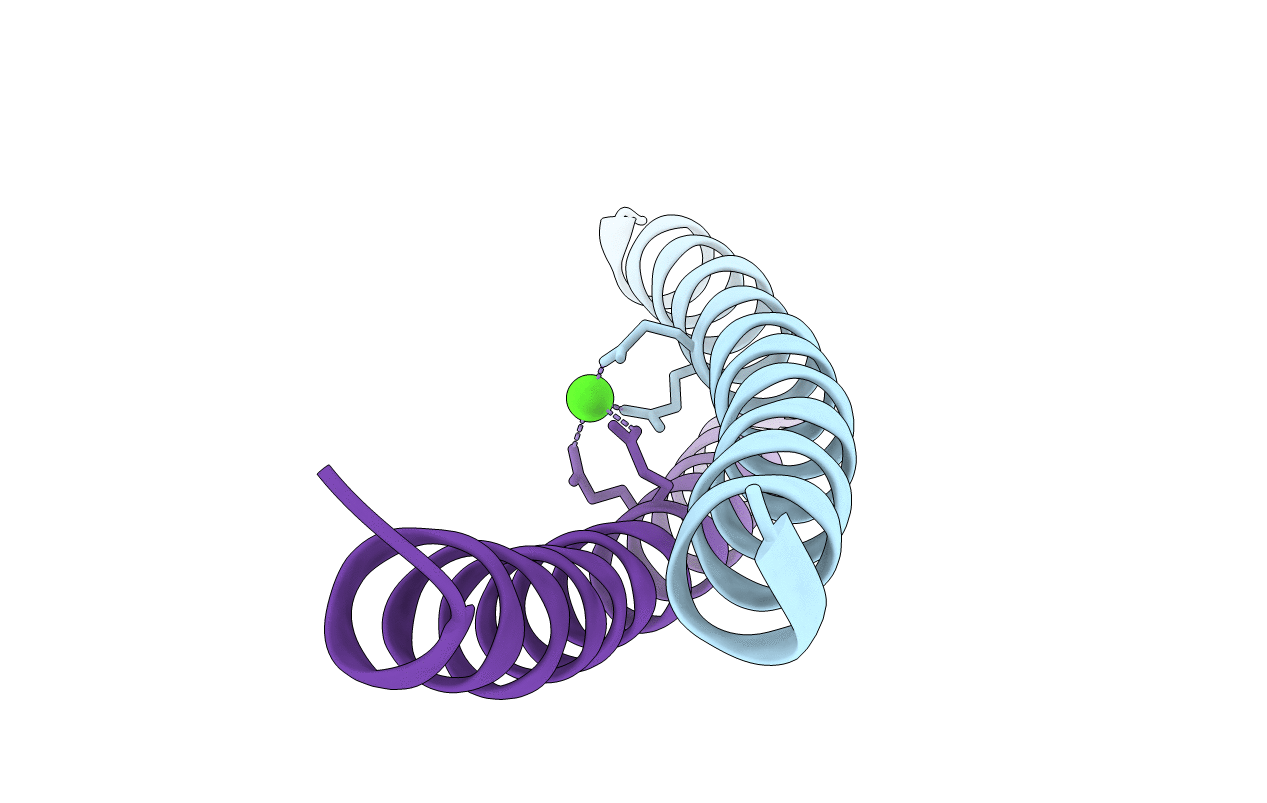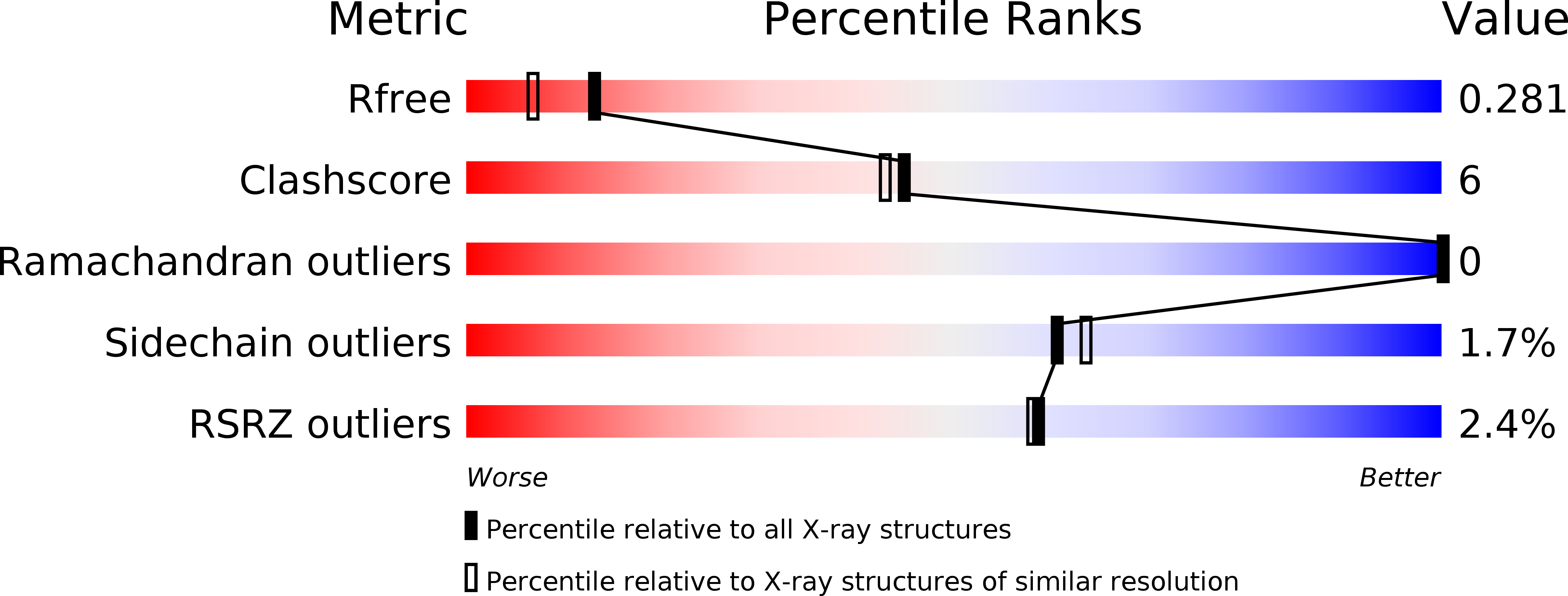
Deposition Date
2014-09-02
Release Date
2014-09-24
Last Version Date
2023-09-27
Entry Detail
Biological Source:
Source Organism:
Simian rotavirus A/SA11 (Taxon ID: 10923)
Host Organism:
Method Details:
Experimental Method:
Resolution:
2.03 Å
R-Value Free:
0.27
R-Value Work:
0.23
R-Value Observed:
0.23
Space Group:
I 2 2 2


